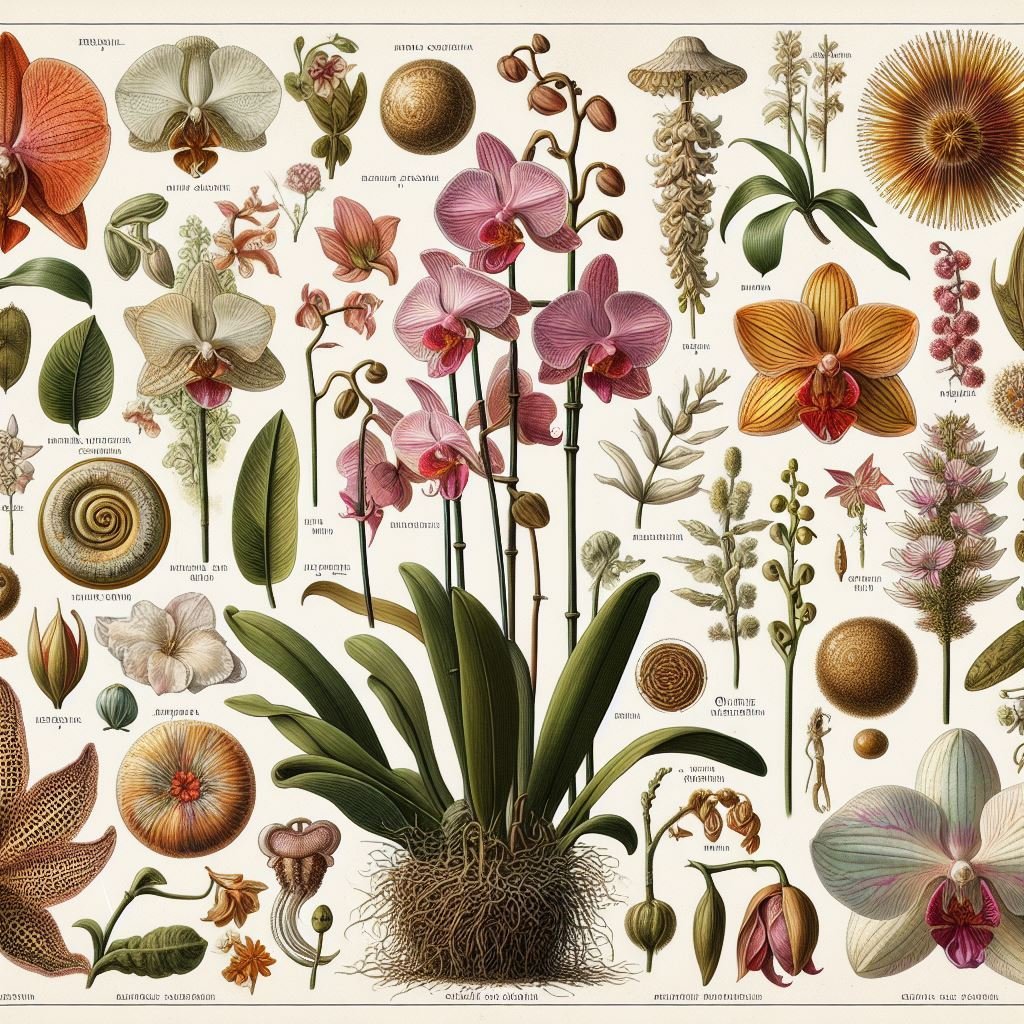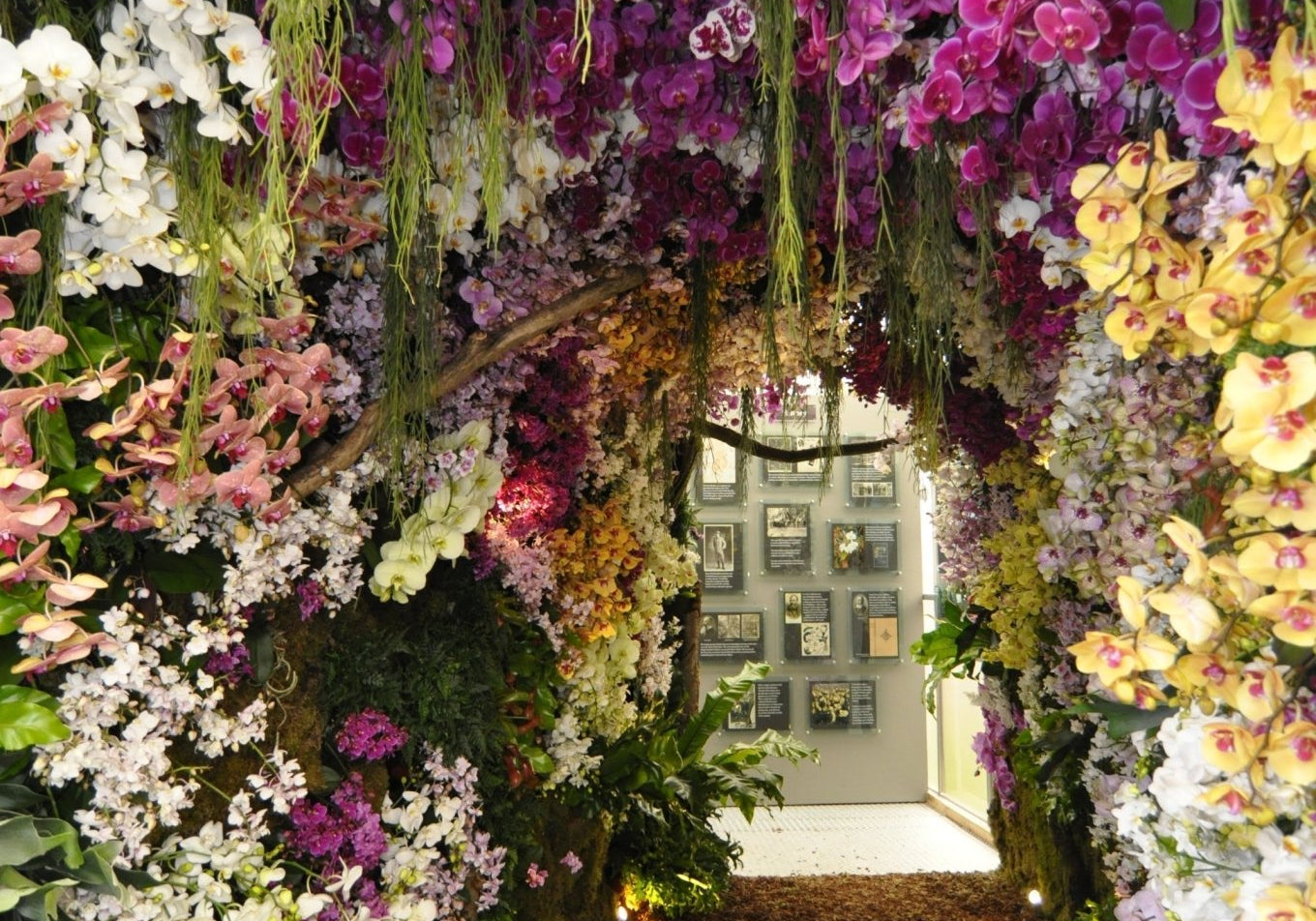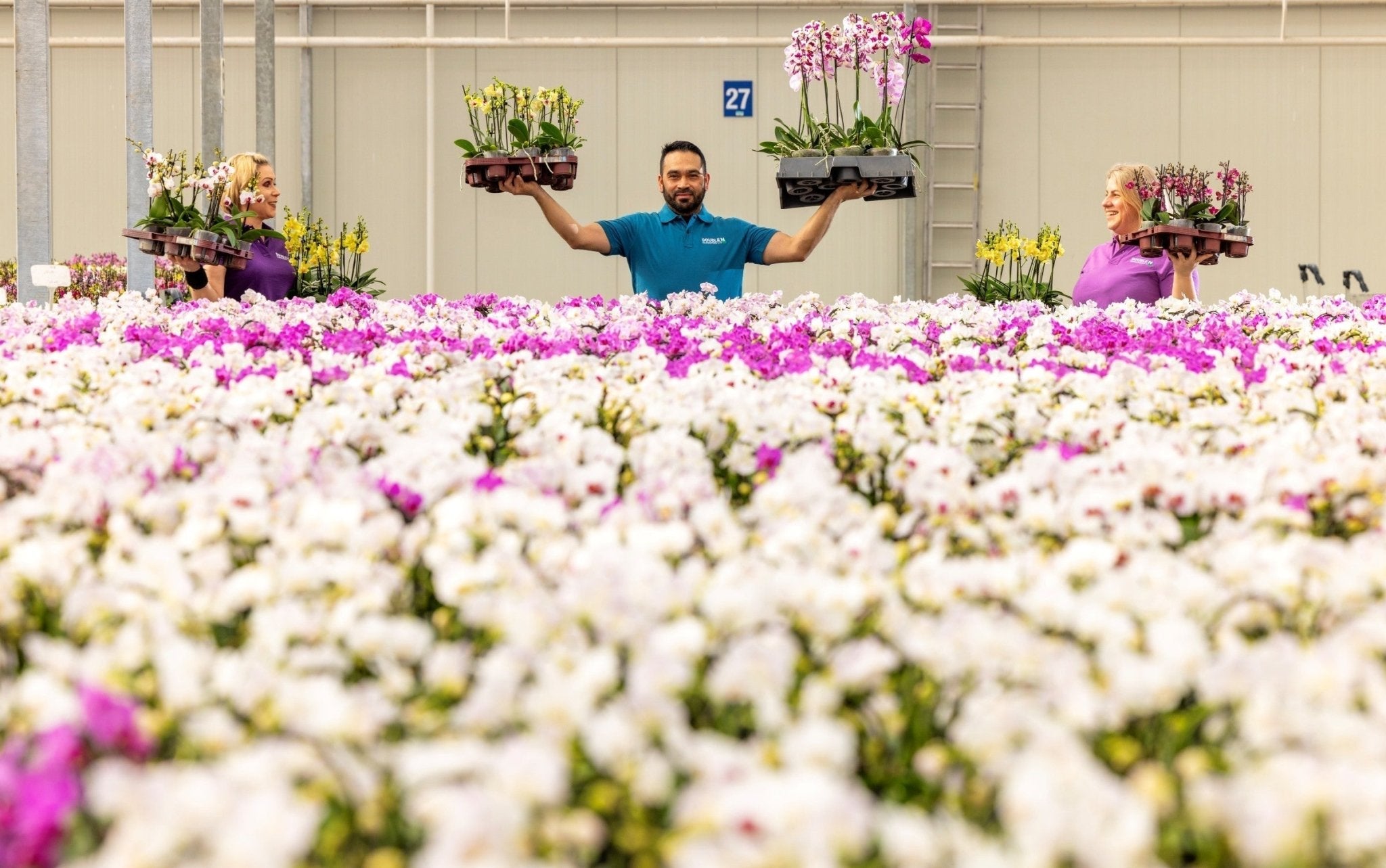The History of Orchids

As the UK’s leading orchid grower, we often get asked about the origins of these spectacular plants. The history of the orchid is as rich and fascinating as its blooms, spanning nearly 200 million years and weaving itself into the tapestry of human civilisation.
With over 28,000 naturally occurring species, the orchid family (Orchidaceae) is one of the largest and most adaptable on Earth. From tropical rainforests to high-altitude retreats, their remarkable evolution in size, colour, and fragrance has allowed them to conquer almost every habitat globally.
Orchids Through the Ages
Ancient Cultures (4,000 Years Ago)
The story of the orchid begins in Asia, where these flowers were initially valued more for their utility than their beauty:
China & Japan: Used for medicinal purposes to treat various ailments. They quickly became symbols of elegance, refinement, nobility, integrity, and friendship, valued by scholars and emperors alike.
Ancient Greece: The philosopher Theophrastus gave the orchid its name (órkhis). It was symbolically linked to virility and fertility, due to the shape of the tubers, influencing traditional beliefs and culinary practices.
Aztecs (Mexico): Embraced the orchid for its practical uses, particularly the vanilla species, which was vital for both medicine and culinary delights.
The Victorian Obsession: "Orchid Mania"
The 19th century in Britain saw a massive surge in popularity, known as "Orchid Mania." Wealthy collectors and horticulturists risked dangerous expeditions to gather exotic species.
This era made the orchid a powerful symbol of status and luxury, driven by figures like Frederick Sander, famously dubbed the “Orchid King,” whose lucrative trade transformed the global horticultural scene.
The Scientific Breakthrough
Despite their popularity, orchids remained mystifying until scientific breakthroughs revealed their secrets:
Charles Darwin detailed their complex pollination mechanisms in 1862.
French botanist Noël Bernard later discovered the crucial symbiotic role of fungi in helping orchid seeds germinate.
The Orchid Today: From Luxury to Modern Houseplant
It was the development of sterile cultivation and tissue culture (mericloning) in the 20th century that finally allowed growers to mass-produce perfect plants cheaply and quickly.
Today, the orchid is no longer a symbol of rarity but a universal expression of love, romance, friendship, and elegance. Our British-grown Phalaenopsis are the result of centuries of refinement and modern science, making this timeless treasure an affordable and beautiful addition to any home.



